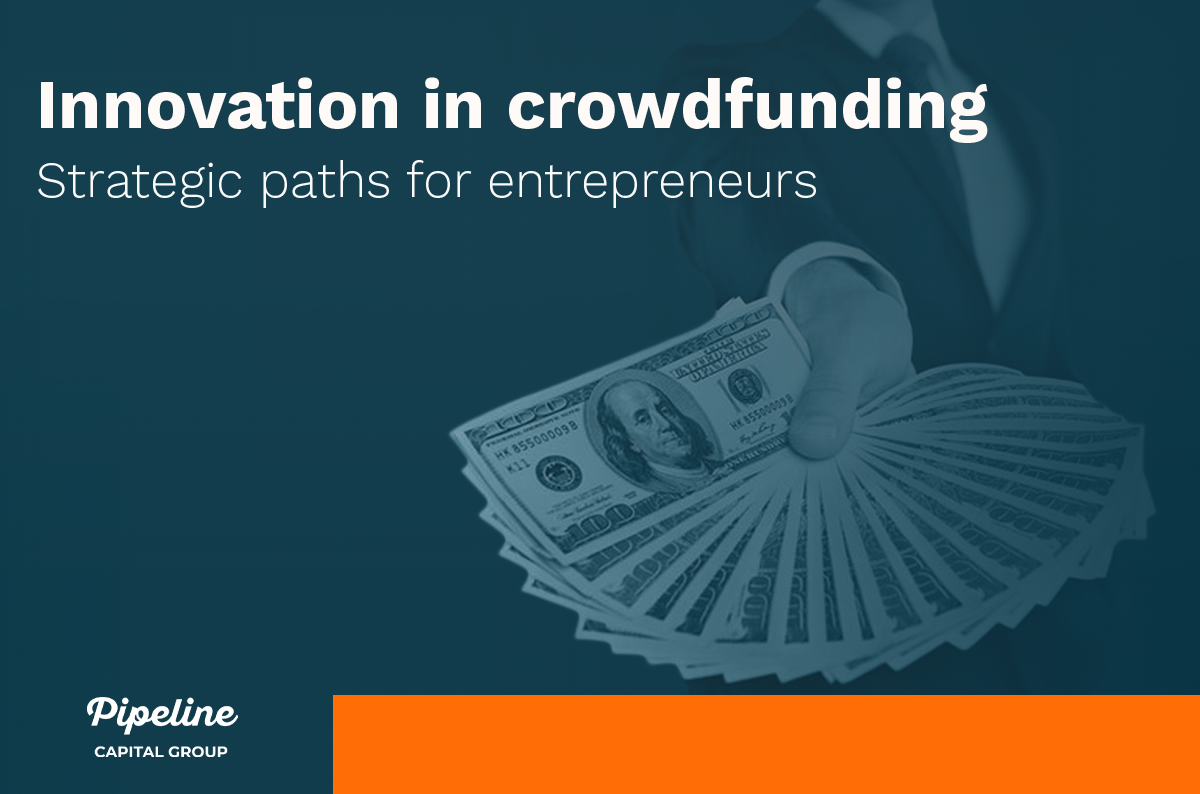Crowdfunding has evolved beyond being just an alternative financing tool to become a strategic instrument within more sophisticated ecosystems of open innovation, market validation, and community engagement. Mature entrepreneurs—especially those in stages of scaling, spin-offs, or market repositioning—have rediscovered crowdfunding not only as a fundraising channel but also as a powerful tool for co-creation and value amplification.
In this article, we explore how crowdfunding has evolved in its value proposition, which models are gaining traction in more robust contexts, and how seasoned leaders can structure innovative campaigns aligned with strategic goals.
Crowdfunding as a strategic innovation platform
Unlike the traditional approach, where crowdfunding served mainly as seed capital, its new role goes beyond funding, positioning itself as a platform for validation, marketing, and distributed innovation.
1. Real-time value proposition validation
Instead of relying solely on market research or predictive analysis, crowdfunding allows companies to test their value proposition directly with potential customers and investors. The interest and engagement during the campaign serve as strong traction and market fit indicators.
2. Crowdfunding as an open innovation tool
Platforms like Kickstarter, Catarse, StartMeUp, and EqSeed have been used as channels for open innovation, enabling communities to actively participate in product development. This model generates valuable insights and strengthens public affinity and ownership of the solution.
3. Alignment with branding and community strategies
Well-executed crowdfunding campaigns have proven to be powerful branding and positioning tools. The transparency of the process, combined with collective engagement, allows brands to build more authentic relationships with their audiences.
Crowdfunding models for innovation
As the sector has matured, crowdfunding has become increasingly diverse. Entrepreneurs must understand the most relevant models and align them with their business strategies.
1. Reward-based crowdfunding
Ideal for validating physical products, this model rewards supporters with the product itself or exclusive experiences. It’s widely used by D2C companies looking to validate new product lines before large-scale production.
2. Equity crowdfunding
Involves offering company shares in exchange for investment, enabling fundraising with minimal dilution and the engagement of strategic investors. For mature companies, it’s an effective way to build a network of brand advocates.
3. Lending-based crowdfunding (peer-to-peer lending)
Based on collective loans, this model attracts companies seeking structured capital with fewer bureaucratic hurdles than traditional financial institutions.
4. Donation-based crowdfunding with strategic purpose
While more common in the nonprofit sector, companies have been exploring this model for social impact initiatives aligned with ESG principles, using cause-driven storytelling to boost engagement and reputation.
Strategic benefits for mature companies
Mature businesses find in crowdfunding not just capital, but market intelligence and brand equity. Key strategic benefits include:
1. Stakeholder engagement
By allowing clients, partners, and investors to actively participate in the innovation journey, companies strengthen their network and enhance market perception.
2. Access to capital without intermediaries
Crowdfunding can serve as an alternative or complement to traditional investment rounds, offering flexibility in capital structure.
3. Competitive differentiation through transparency and innovation
Opening processes to the public in a strategic way differentiates companies in the marketplace and positions them as leaders in open innovation.
4. Reduced risk in product launches
By testing products via crowdfunding, companies minimize market risks and can allocate resources more efficiently, avoiding failed launches.
Advanced strategies for crowdfunding campaigns
To make crowdfunding a true catalyst for innovation and growth, robust planning and alignment with corporate strategy are essential:
1. Define KPIs beyond fundraising
Successful campaigns go beyond the amount raised. Metrics such as cost per lead, conversion rate, average ticket size, and NPS should be part of your performance dashboard.
2. Craft a strong narrative
An authentic story with a clear purpose and messaging tailored to the target audience is critical for engagement and conversion.
3. Integrate digital marketing channels
Campaign success depends on a well-orchestrated mix of paid media, inbound marketing, email campaigns, and public relations.
4. Maintain governance and compliance at the core
Professionalizing crowdfunding requires transparency and governance as core values—including post-campaign reporting and accountability to backers.
Crowdfunding is no longer an isolated tactic—it now plays a strategic role for companies that have moved beyond the startup phase. When well-executed, this model can generate capital, traction, market insights, and brand strength—all at once.
📌 Read more in https://pipeline.capital/blog/

